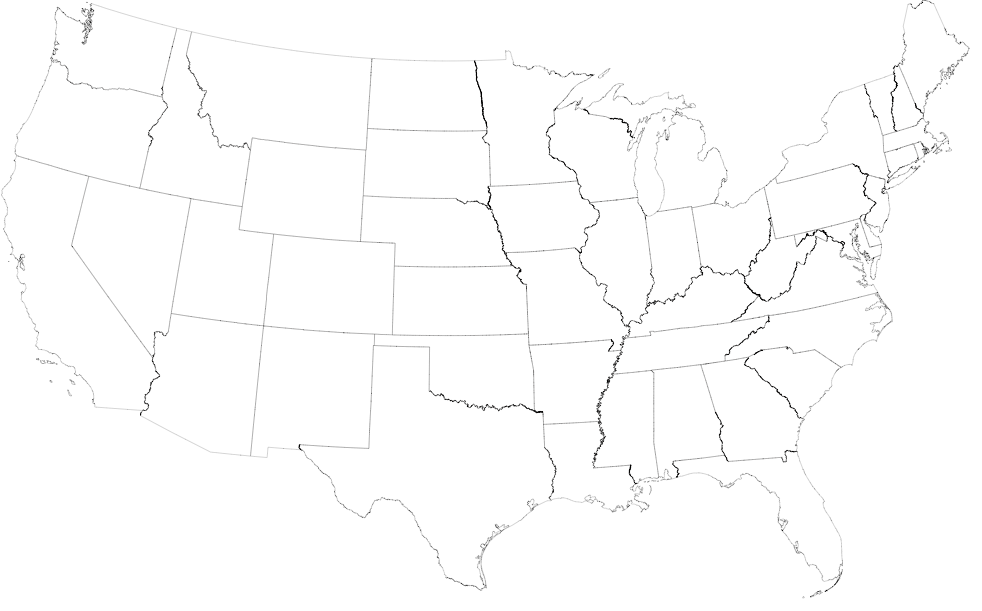We’ve made a bunch of games for iPads and based on reading the docs made all of our images PNGs. But that resulted in huge file sizes, especially for games that use photos. So we switched to JPEGs for the content. Buttons are still PNGs.
In our first batch of games we used PhotoShop at 30% quality setting. The pictures are OK looking but you can see some artifacts, especially when there are large areas of the same color, like skies. For our current game, we experimented with ImageOptim. The new images are virtually indistinguishable from the originals. This is significantly smaller than Photoshop—but not as small as you can get with a lower quality setting in Photoshop. Since there are no sounds in this game, we’ll probably go with ImageOptim.
Here are some stats for 3673 pictures at 644×498.
Originals: 1,140.0 MB
ImageOptim 80% 249.6 MB
ImageOptim 2nd Pass 238.9 MB
Photoshop 80% 323.9 MB
Photoshop 50% 249.8 MB
50% with ImageOptim 241.3 MB
50% with 2x IO 241.0 MB
Photoshop 30% 166.7 MB
ImageOptim only has an 80% setting and running two passes gets you as small as you are going to get. I think, but can’t verify, that IgageOptim on JPEGs doesn’t do any compression per se. It just strips out and cleans up overhead and doesn’t affect the image quality. In other words, it’s lossless compression.
UPDATE: I tried this on a bunch of PNGs and got less dramatic, but still significant, results.
438 Images: 98.9 MB --> 81.5 MB = 18%
68 Images: 19.3 MB ==> 15.8 MB = 18%
I also compressed a file with a mix of JPEGs, PNGs, and PDFs.
145 Images: 65.9 --> 38.8 MB = 39%
